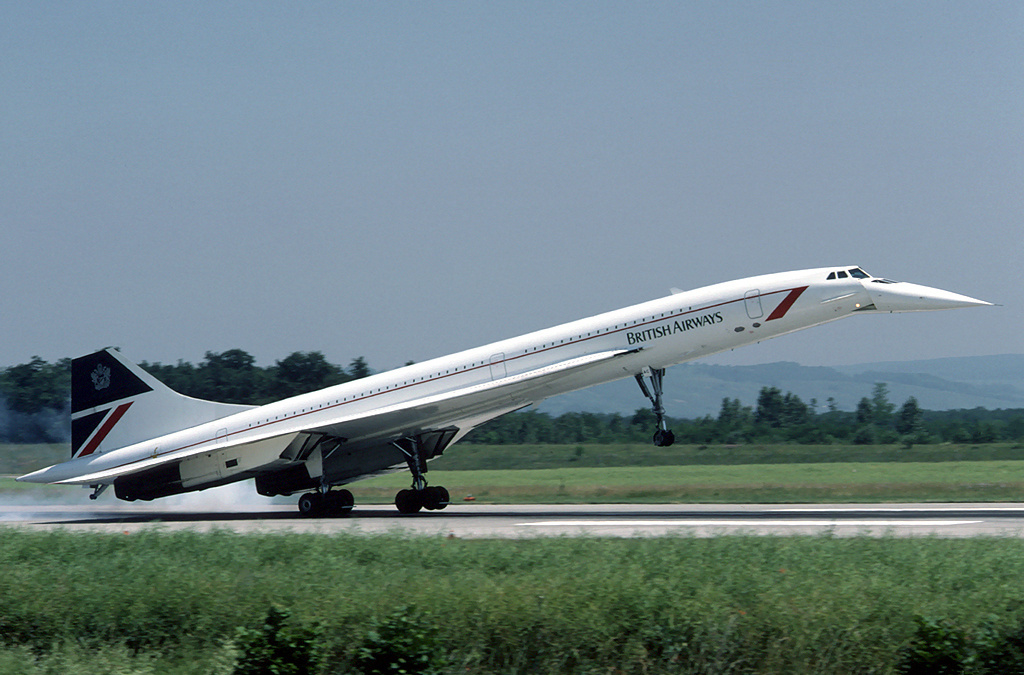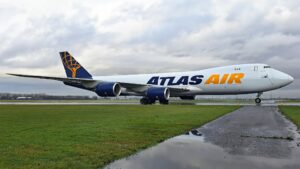The Concorde, a collaborative endeavor between British and French aviation industries, symbolizes the zenith of aerospace engineering in the 20th century. This article endeavors to trace its remarkable journey from conception to cessation, illuminating the scientific, economic, and cultural impact of this iconic aircraft.
The origins of the Concorde can be traced back to the post-World War II era when the pursuit of supersonic passenger transport captured the imagination of engineers and policymakers. Spearheaded by the British Aircraft Corporation and Aérospatiale, the Concorde project emerged amidst fierce competition in the global aviation market.
The Concorde’s design was a testament to technological innovation, featuring a slender delta wing configuration, powerful Olympus engines, and a droop nose for improved visibility during takeoff and landing. Its streamlined fuselage and advanced materials enabled it to traverse the Atlantic at twice the speed of sound, setting new benchmarks for aerodynamic efficiency and performance.
Delta Wing Configuration: The Concorde’s distinctive delta wing configuration was a result of meticulous aerodynamic research and testing. This slender, sharply swept wing design offered reduced drag at supersonic speeds while providing ample lift for takeoff and landing. Its unique shape allowed the Concorde to slice through the air with minimal resistance, optimizing fuel efficiency and overall performance.
Olympus Engines: At the heart of the Concorde’s powerplant were four Rolls-Royce/Snecma Olympus turbojet engines, renowned for their exceptional thrust and reliability. These engines were specifically engineered to withstand the rigors of supersonic flight, delivering the requisite power to propel the Concorde to speeds exceeding Mach 2 (twice the speed of sound). Their advanced design and performance capabilities were instrumental in achieving the Concorde’s unparalleled level of speed and efficiency.
Droop Nose Mechanism: One of the Concorde’s most distinctive features was its droop nose mechanism, which allowed the nose to be lowered during taxi, takeoff and landing. This innovative design enabled pilots to maintain optimal visibility during critical phases of flight, enhancing safety and maneuverability. The droop nose also facilitated smoother transitions between subsonic and supersonic flight regimes, minimizing aerodynamic disturbances and enhancing passenger comfort.
Advanced Materials and Construction: The Concorde showcased state-of-the-art materials and construction techniques, incorporating lightweight aluminum alloy, titanium, and composite materials to achieve optimal strength-to-weight ratios. Its fuselage was meticulously engineered to withstand the stresses of supersonic flight, while its heat-resistant skin protected against the intense temperatures generated by air friction at high speeds. This combination of advanced materials and precision engineering ensured the Concorde’s structural integrity and longevity throughout its operational lifespan.
Flight Control Systems: The Concorde boasted sophisticated flight control systems, including fly-by-wire technology and automatic stabilization features, to facilitate precise control and maneuverability at supersonic speeds. These systems relied on advanced avionics and computerized controls to maintain stability and responsiveness, even under demanding flight conditions. The integration of these cutting-edge technologies underscored the Concorde’s status as a pinnacle of 20th-century aerospace engineering.
Environmental Considerations: In addition to its performance capabilities, the Concorde was designed with environmental considerations in mind. Efforts were made to mitigate its impact on the atmosphere, including the development of specialized engine configurations to reduce noise and emissions during takeoff and landing. While concerns about sonic booms and fuel consumption persisted, the Concorde represented a pioneering effort to balance technological progress with environmental stewardship in the realm of supersonic aviation.
On March 2, 1969, the Concorde took to the skies for its maiden flight, marking a watershed moment in aviation history. Following rigorous testing and certification, commercial service commenced in 1976, with British Airways and Air France operating transatlantic routes between London, Paris, and New York.
Despite initial acclaim, the Concorde faced a myriad of challenges, including prohibitive operating costs, sonic boom restrictions, and environmental concerns. Nevertheless, it garnered a loyal following among affluent travelers, who relished the luxury and exclusivity of supersonic travel.
The Concorde’s illustrious career was marred by tragedy when Air France Flight 4590 crashed shortly after takeoff in 2000, claiming the lives of all onboard and casting a shadow over its safety record. In the wake of declining passenger numbers and escalating maintenance expenses, both British Airways and Air France announced the retirement of their Concorde fleets in 2003, signaling the end of an era.
Despite its premature demise, the Concorde left an indelible mark on the aviation industry, inspiring future generations of engineers and aviators to push the boundaries of speed and efficiency. Its legacy endures in museums, aviation enthusiasts’ collections, and the collective memory of those fortunate enough to have experienced supersonic flight.
The Concorde epitomized the spirit of innovation and collaboration, transcending national boundaries to unite nations in a shared vision of progress. Although its time in the skies was fleeting, its legacy continues to soar, reminding us of humanity’s limitless potential to conquer the skies and beyond.
Image by Eduard Marmet (Wikipedia)


